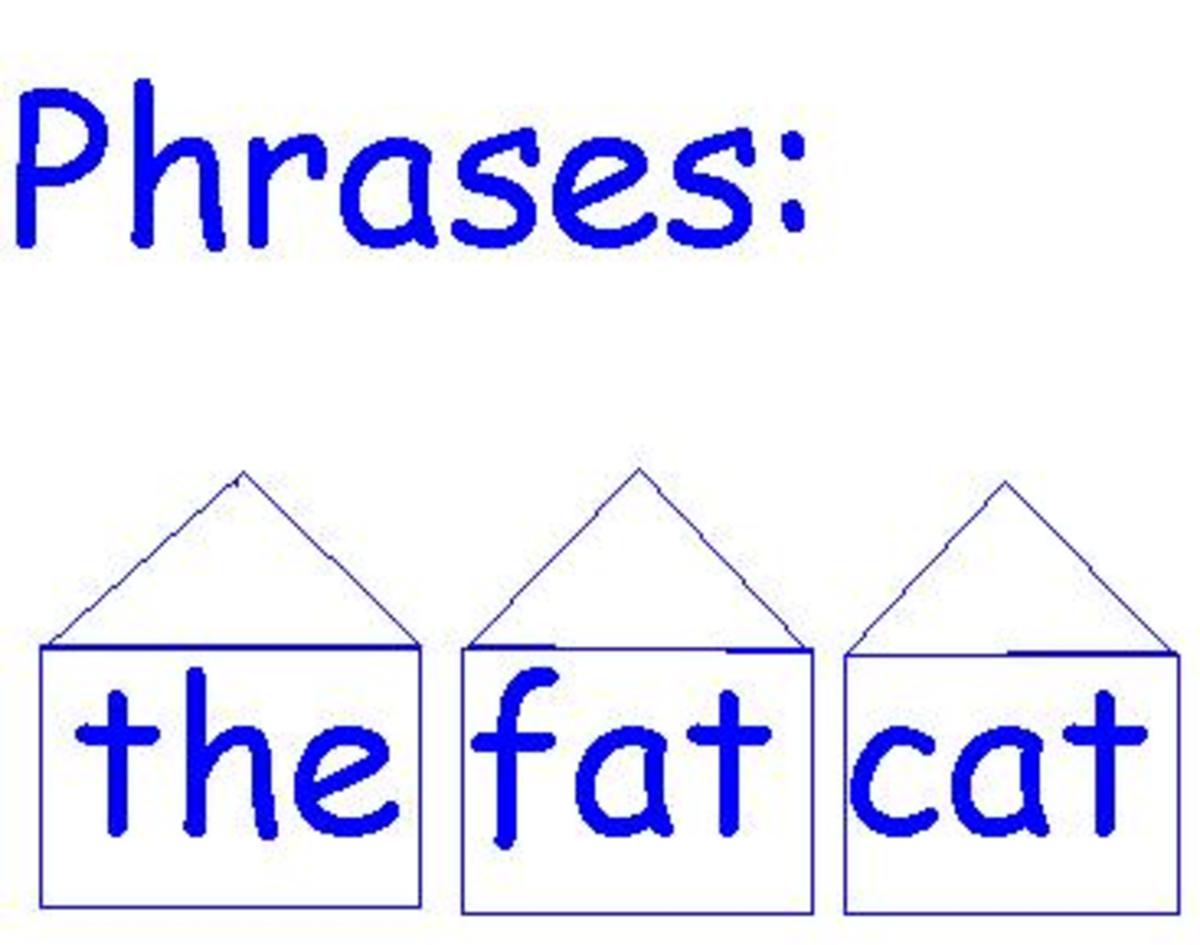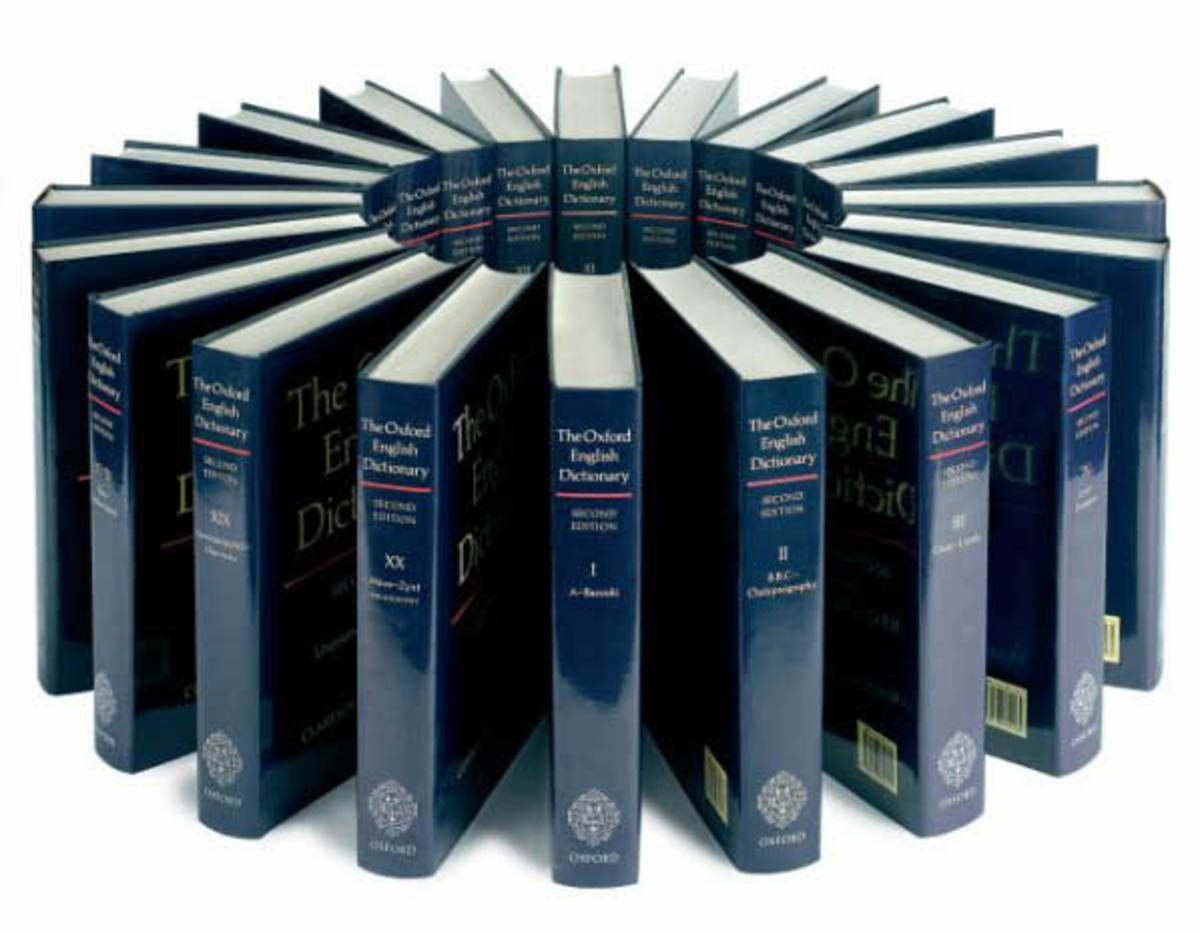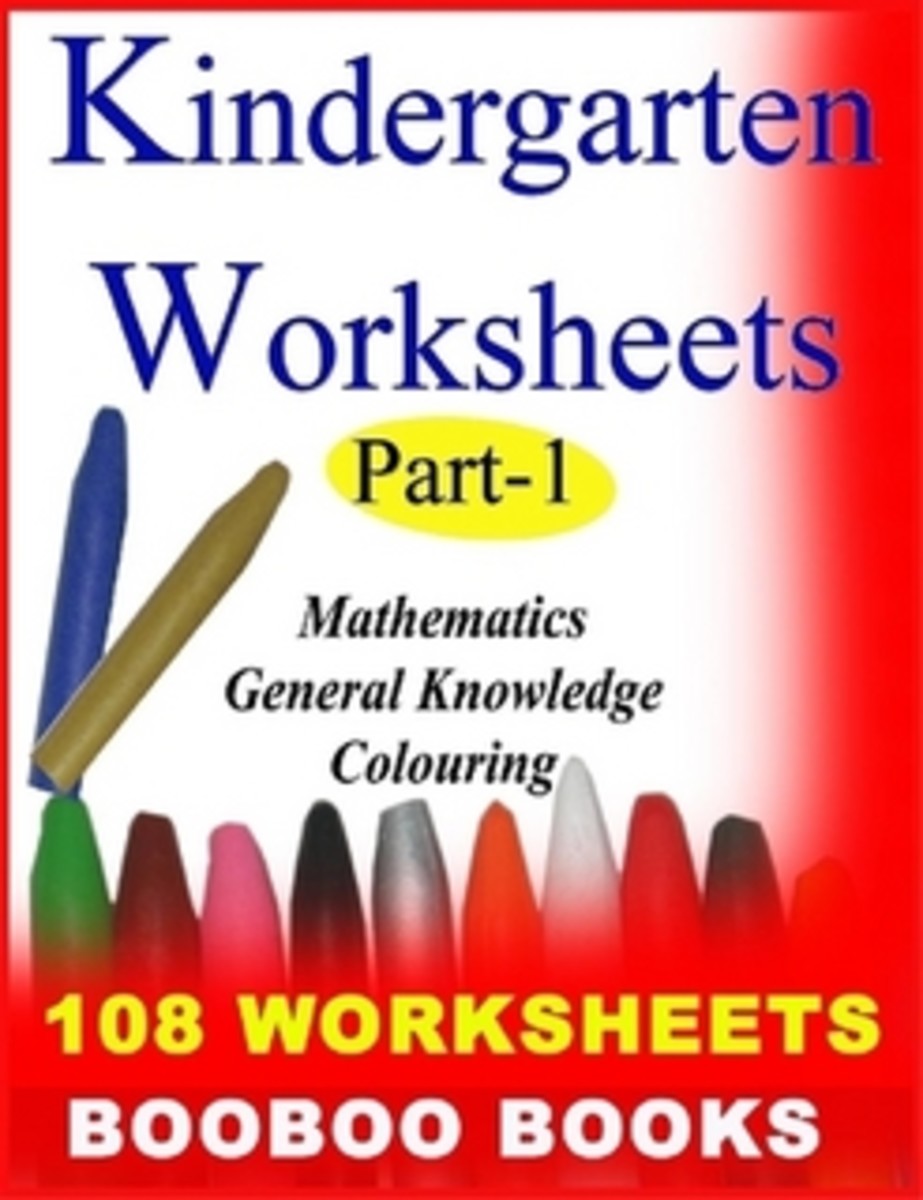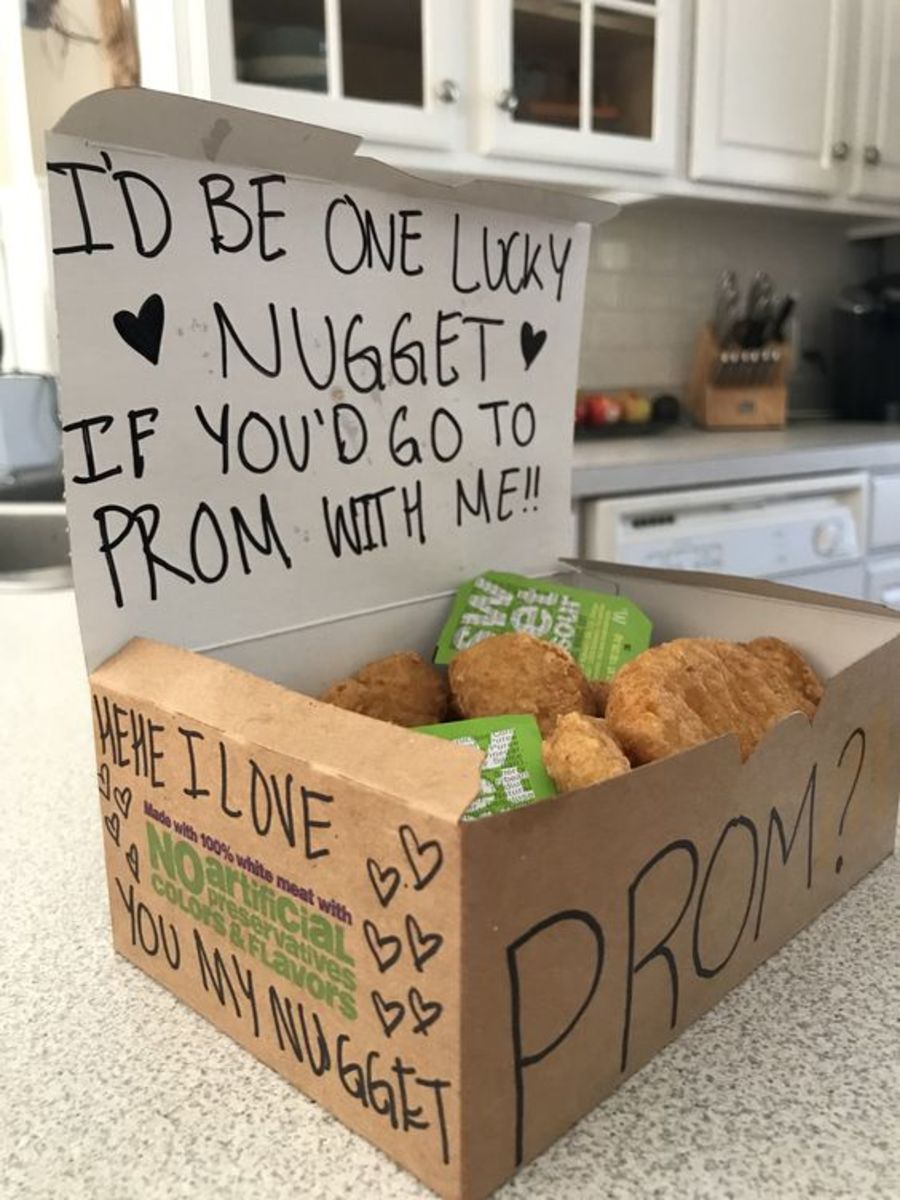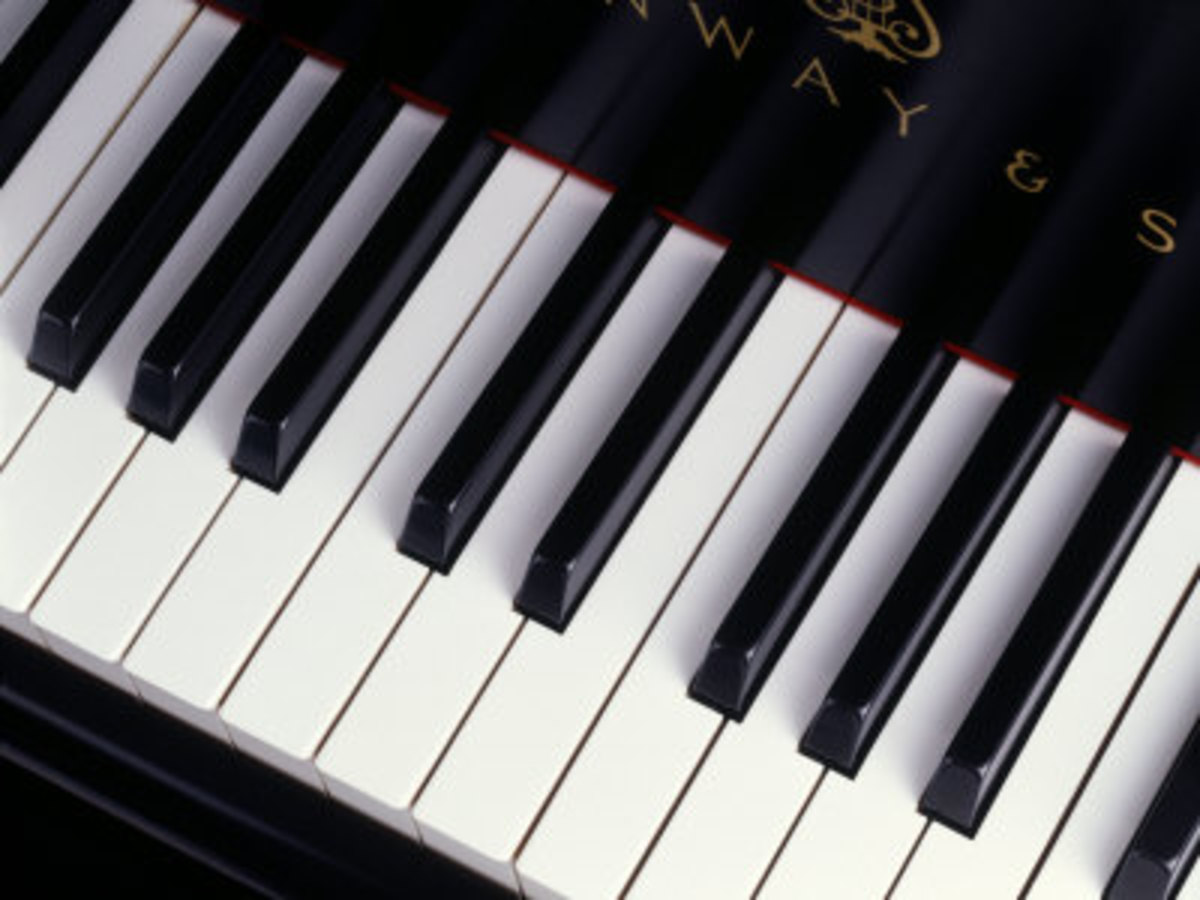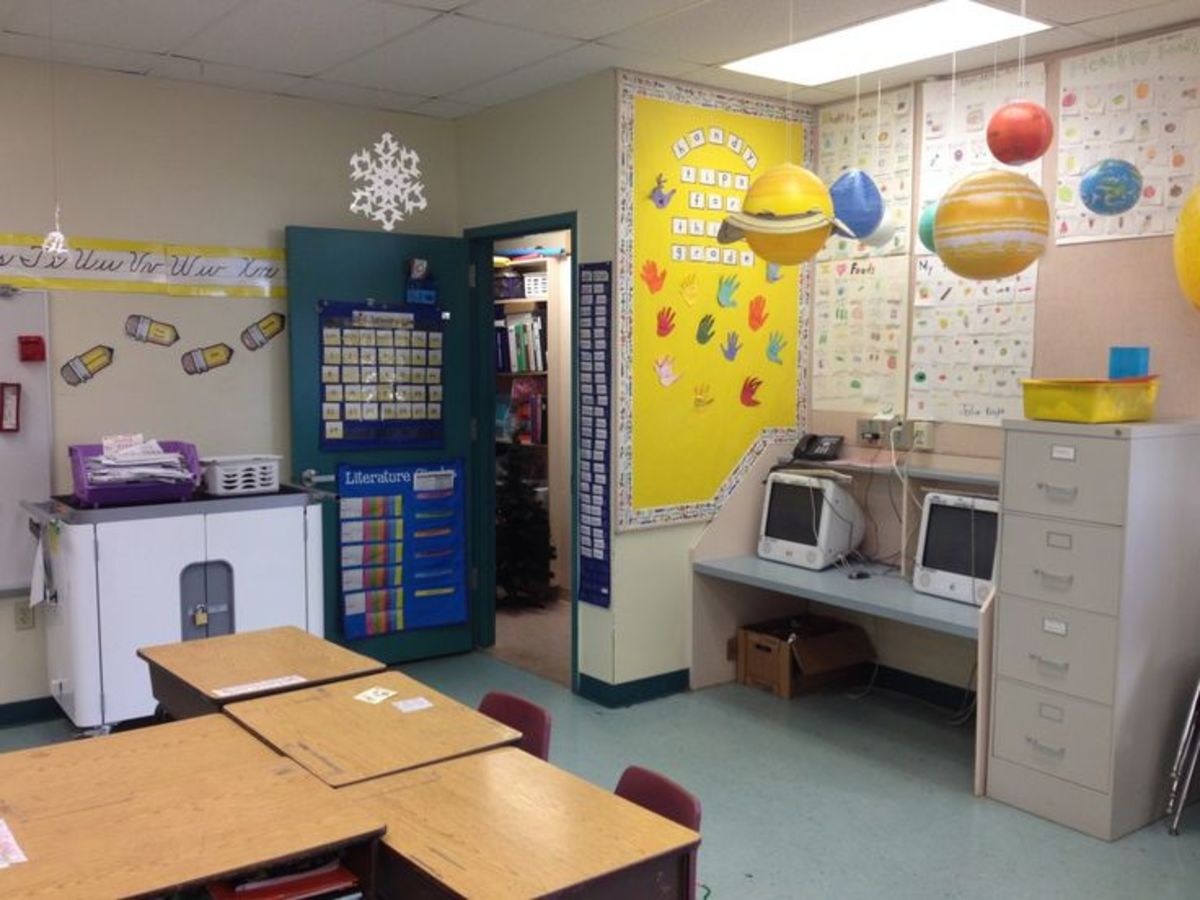Sight Vocabulary Games and Activities
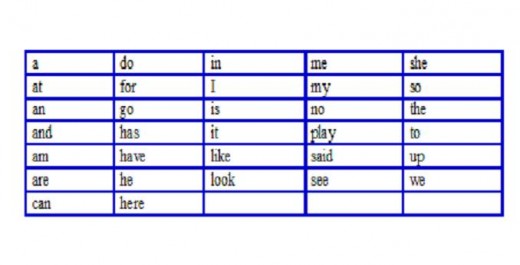
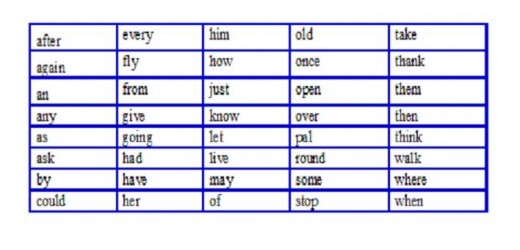
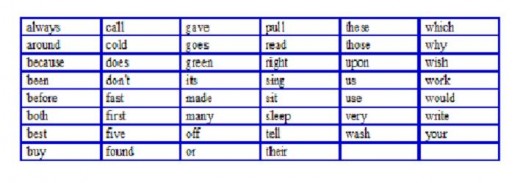
By Joan Whetzel
Sight words, those words most frequently used English, make up about 50 to70 percent of all reading material for general audiences. For children, sight words and basic vocabulary can be taught indirectly through being read to and spoken to at home, or directly in the classroom with vocabulary lessons and games. Children who have only developed a small vocabulary, generally show slower progress in reading. There are many games and learning activities that can help children - with small and large vocabularies alike - to learn good reading skills by the time they're in the second grade, and continuing on into adulthood. These vocabulary skills begin with age appropriate sight words in the early grades.
Determining a Child's Current Vocabulary
At the beginning of the school year, student are provided with a list of sight words Teachers can assess their reading level by having them look at the words, then asking them to read as many sight words as they can out loud. Periodically, throughout the year, their reading skills and their knowledge of the sight words can be reassessed to determine how each child is progressing compared to earlier assessments. Common assessment indicators include: pronunciation, spelling, recognition of a word's meaning (for nouns and verbs), and acknowledgement of which sight words are used to tie words and phrases together to form a sentence (a, the, and).
Word Banks and Sight Word Activities
In the classroom, many teachers set up a word wall to be used with various vocabulary activities during the day. At home, a word bank can be set up in the form of flash cards. The world wall sand word banks should always include the sight words as well as any other vocabulary words that correspond to other subjects the students are learning. The more students read and are read to, they more the sight words become cemented in the student's memories. Seeing words used in sentences in books or on the chalk board allows students to figure out unfamiliar or new vocabulary words by context. The hardest sight words to learn are those can easily be mixed up with other similarly spelled words: saw/was, here/there, where/when). Another area where some teachers run into problems, is in using teaching methods that only speak to one learning style such as exclusively using word lists, dictionaries or phonics. Since children tend to learn best through either tactile, hearing and visual cues, teaching of sight words and general reading skills should be taught using techniques in all three areas.
Kindergarten Sight Words
Begin working with your kindergartner's list of sight words by creating flash cards out of 4 x 6 inch index cards or 4 x 8 inch strips of poster board. Write the words in large, lower case print with broad tip markers of different colors. In some cases the different colors help them distinguish the difference between similar words like was and saw.
About once a month run through the entire stack of flash cards to see how many your child can get right. Otherwise, randomly pull out 3 to 5 words a day and see how many different places your child sees the words on those cards. Let your child group the words by first letter (a, b, c), by word length (1. 2, 3, or 4 letter), or by the color they are written in (red, blue, green). Put on some music -- preferably something instrumental with a beat -- and practice the words to the beat, or sing the words to the tune.
Go onto easy reading sites and have your child find as many of the sight words as possible. Create a power point slide show, with cute pictures to accompany the sight words and animation if you can figure it how. Go through your child's books and let him or her find the sight words in the books. Pull out a pencil and paper and play a game of hangman with the sight word list.
First Grade Sight Words
When your child reaches first grade, continue with the flash cards and other games, but add a few more games and activities. First have your child use the words in a sentence. Next have him or her think up words that rhyme with those on the list: after/laughter, fly/why, old/gold, think pink. Have your child describe what some of the words mean (old, after, walk), or think of words that are similar (fly/soar, stop/finish , take/grab, old/ elderly), or words that are opposites (old/young, walk/run, stop/start).
Instead of hangman, create a bingo game with the sight words. This works better about 2 to 3 months into the year as more words get added to the list. For this game use poster board to create several sight word cards with the words randomly placed. And use colored buttons or M&Ms to mark the words as you pull them out of a brown lunch bag. The words you pull out of the bag can be written on paper or small scraps of poster board. To help the playing cards last, take them to the teacher supply store or the Fedex/Kinkos and have them laminated.
Second Grade Sight Words
In comparison to the kindergarten and first grade games, second grade games add even more challenge. Write out a sentence with one or two spaces where words could be placed. Then have your second grader run through the list and place the words that make the most sense. Try to create sentences in which more than one word could be used in the empty space or spaces. For example:
· _____ the words to the song. (possible answers read / sing)
· _____ the _____ vegetables. (possible answers first blank (Use/Buy); second blank: green/cold)
Create more challenging games than hangman like word search games or word scramble puzzles where your child has to unscramble the letters to find the correct sight word. Have your child look for his or sight words in higher level reading materials like magazines or newspapers. If the sight word list includes words like bed, table, shoes, or other items found around the house, create a scavenger hunt list and have your child go around the house finding these items. If you feel it's appropriate for your child, show him or her how to take and save pictures on your cell phone for proof the items were located. (The pictures can always be erased afterwards.)
The number and difficulty of the sight words increases with grade level. Along with the above games and activities, try reading more to your child, pointing out the words as you read. Once in second grade, have your child read to you. Both of these will increase your child's vocabulary and recognition of sight words. And read from a variety of sources -- besides their favorite books -- like dictionaries and reference books, newspapers and magazines, internet sites and games. Even business signs and road signs are opportunities for learning to read. The sky's the limit.


